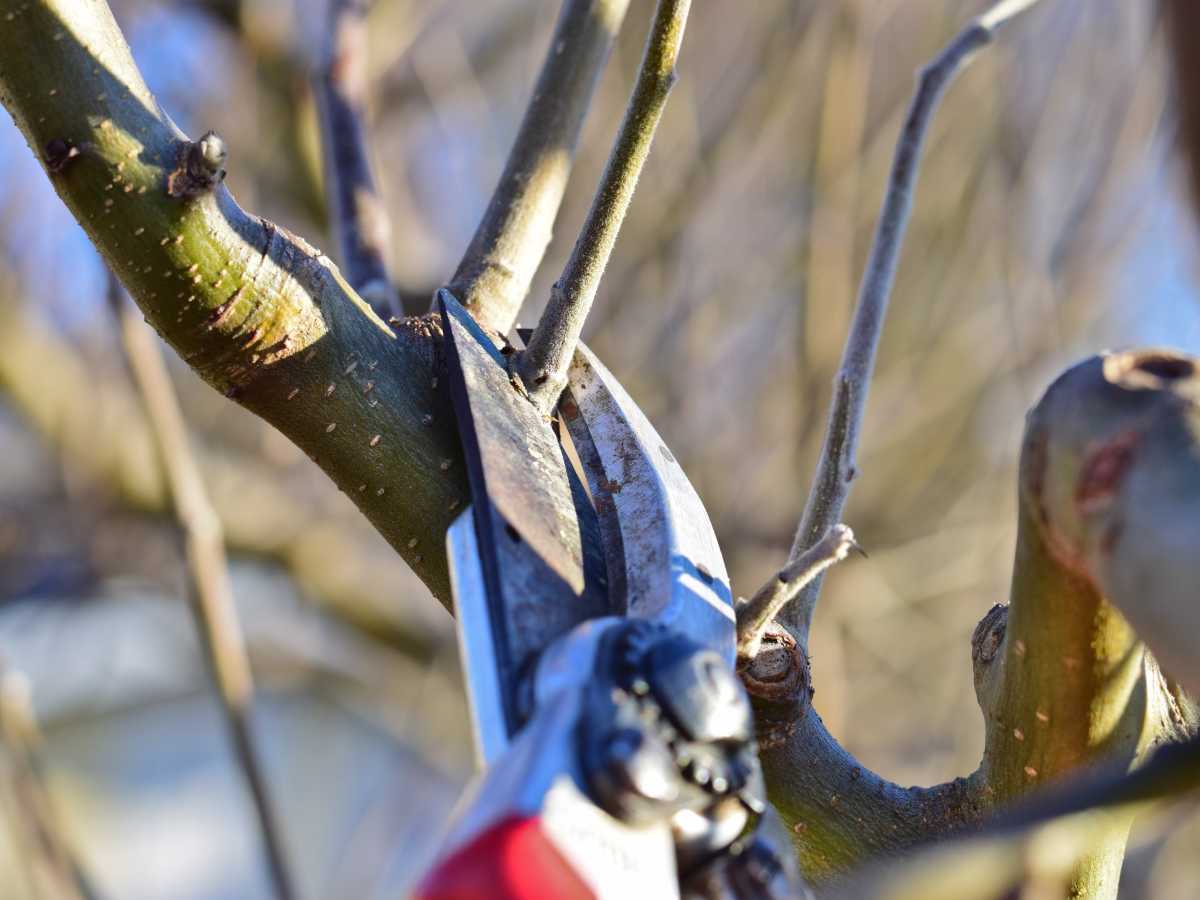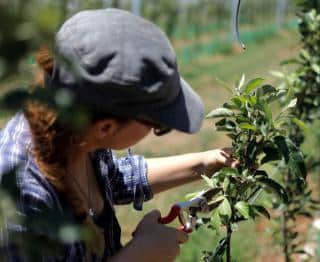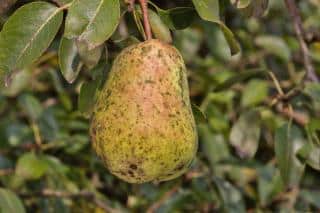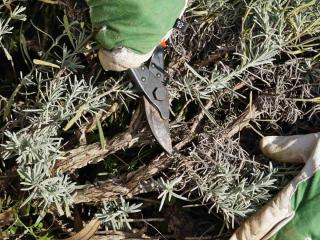Fruit inducing pruning is an important step in the growth of your fruit tree and gives you control over its productivity.
Even though it isn’t compulsory, this pruning is recommended when you wish to increase productivity.
See also our quick video tips:
When to perform fruit-inducing pruning
The best time to perform it is at the heart of winter, as long as it doesn’t freeze.
For apple trees, pear trees, peach trees and apricot trees, it is best to prune before spring growth, sometime in February.
How to prune to trigger fruiting?
This pruning must of course only be performed on older, well-shaped trees, and not on young specimens.
It must already have a rather strong structure.
Start with removing dead branches, those that cross over each other, and wounded or broken branches.
- Remove old fruits that may have stayed on the branches (a sign of brown fruit rot, note that you might want to treat later on).
- Also remove any sprouts and suckers that appear below the graft joint.
- After having cleaned up the tree, thin out the branches.
To do that, remove all branches that grow towards the inside of the tree. They won’t bear fruit and will reduce fruit formation overall. - At the end only, go about pruning the main branches going around the tree.
Without changing the overall shape of the tree,
Cut off the tips, taking great care to leave at least 3 buds.
Cut the branches off just after an outwards-facing bud to avoid having branches that grow towards the inside.
Read also:
Smart tip about fruit-inducing pruning
Once this work has been prepared, apply pruning paste on the open wounds of the larger branches.
It isn’t mandatory, but it is recommended to avoid any risk of disease!






I have a question
Ask my questionI'd like to comment
Post a commentNo comments yet – be the first to share your thoughts!